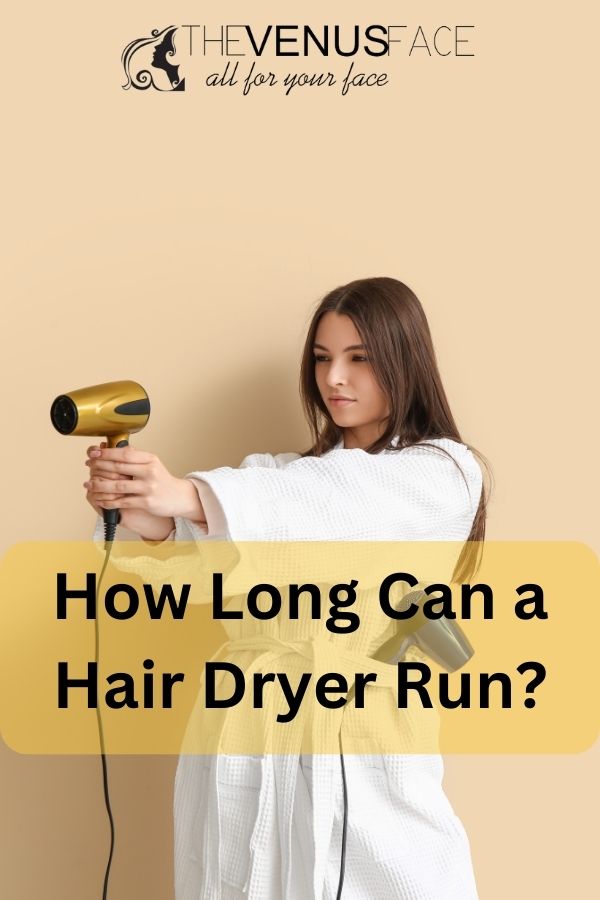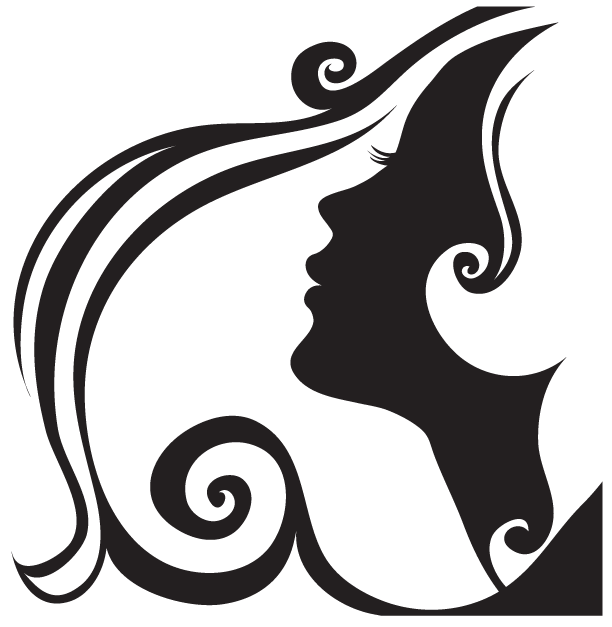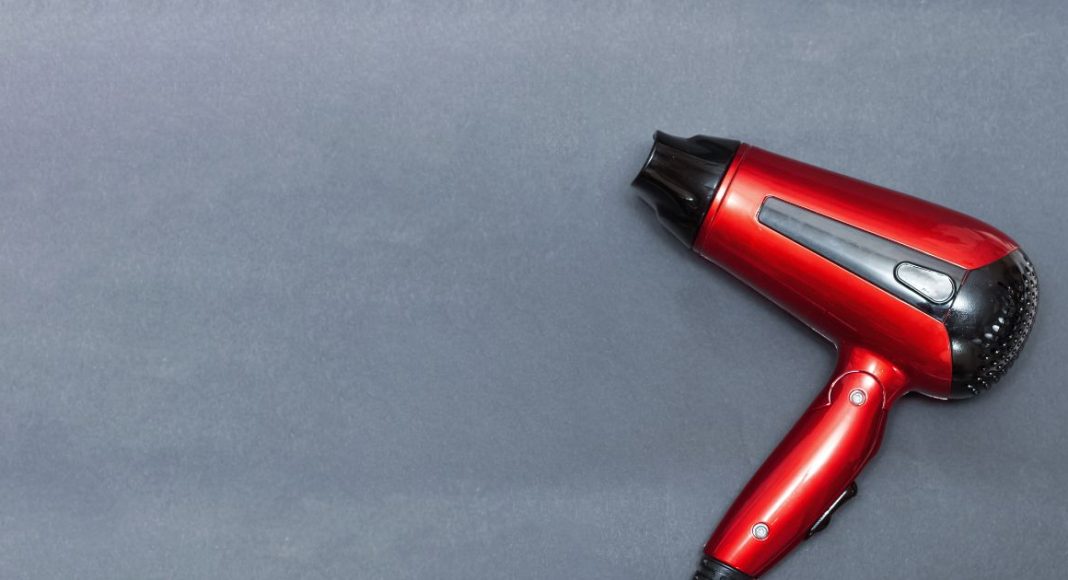The runtime of a hair dryer, referring to the duration it can operate continuously before needing a break, is a concern for many users. While the specific time may vary depending on the model, most hair dryers can typically run for around 30 minutes before requiring a cooldown. Understanding the limitations of your hair dryer and taking appropriate breaks can help prevent overheating and ensure safe usage. In this article, we will briefly discuss how long a hair dryer can run and provide some general tips for optimal and safe use.

How long can you safely run a hair dryer?
Hair dryers can run continuously for a limited period of time before they may overheat and require a break. According to the information provided, most hair dryers can run for up to 30 minutes continuously before needing a break to prevent overheating. It is recommended to take breaks every 30 minutes of use to prevent the motor from overheating and to ensure the safety of both the user and the hair dryer.
Hair dryers generate a significant amount of heat during operation, and extended use without breaks can potentially lead to overheating and may even cause a fire. To avoid such risks, it is important to be mindful of the hair dryer’s limitations and to use it within the recommended time frame. Additionally, it is advised to never leave a hair dryer running unattended.
More: Is It Bad to Use Hair Dryers Every Day?
Taking breaks during prolonged hair-drying sessions allows the hair dryer to cool down and prevents the motor from becoming overworked. Most hair dryers are equipped with built-in over-heat protection mechanisms that automatically shut off the device if it reaches a certain temperature. Therefore, adhering to the recommended maximum run time and taking regular breaks is essential for the safe and efficient use of a hair dryer.
Please note that the specific run time and features of a hair dryer may vary depending on the model and brand. For example, battery-operated hair dryers have a short run time in exchange for portability and voltage independence.
More: Can You Leave a Hair Dryer Plugged In?
Can a hair dryer overheat?
Yes, hair dryers can overheat if they are used for a prolonged period, if the air circuit is blocked, if the filter or ventilation grilles are clogged, or if there is a component failure in the device, such as a fault in the thermal fuse, thermostat, fan, or resistor. When a hair dryer overheats, it can become too hot to touch, and a burnt smell may emerge. Most hair dryers are equipped with a thermal safety device that automatically cuts off the current when it detects an abnormally high temperature to prevent irreversible damage and ensure safety.
To prevent a hair dryer from overheating, it is important to use it as recommended and avoid running it for longer than 20 minutes at a time. Using the hair dryer only for drying and styling hair, rather than for other purposes like drying clothes or shoes, can reduce the risk of overheating and breakdown. Regularly cleaning the air vent and filter of the hair dryer is crucial to prevent blockages and ensure proper airflow. It is also recommended to avoid using the hair dryer in the highest heat setting, as excessive heat can potentially harm the hair.
If a hair dryer does overheat, it is essential to determine the cause of the problem to prevent it from happening again and potentially causing damage to other components of the device. In case of severe overheating or damage to the power cord or shell, it is important to stop using the appliance immediately and unplug it from the electrical outlet to avoid risks of fire or electrocution.
Overall, taking proper precautions, using the hair dryer as recommended, and maintaining its cleanliness can help prevent overheating and ensure safe usage.
More:
Do hair dryers turn off when they get too hot?
Hair dryers can turn off when they get too hot. When a hair dryer overheats, it is designed to have a thermal safety feature that automatically cuts off the current to prevent damage to the device or potential hazards like fire or electrocution. Overheating can be caused by various factors, such as prolonged use, blocked filters, or faulty components like the thermal fuse, thermostat, fan, or resistor. The heat generated by the hair dryer can also lead to a buildup of dust and debris, restricting airflow and causing excess heat. If you notice that the surface of the hair dryer becomes too hot to touch or a burnt smell emerges, it indicates overheating.
More: Will My Hair Dryer Work in the USA?
In most cases, when a hair dryer automatically shuts off due to overheating, you can simply wait for about ten minutes to allow it to cool down. Afterward, the hair dryer should resume working normally. However, if the problem persists or repeats frequently, further investigation and potential repairs may be necessary.
To prevent a hair dryer from overheating, it is recommended to follow the manufacturer’s instructions for usage, including not running the hair dryer for longer than 20 minutes at a time. Keeping the air vent and filter clean is also important to ensure proper airflow and prevent clogging. Regular maintenance, such as cleaning the outer and inner air intake screens and avoiding blockages in the air circuit, can help maintain proper airflow and prevent excessive heat buildup.
It’s important to note that if you experience a hair dryer melting, a damaged power cord, or any other serious issues, you should immediately stop using the appliance and unplug it from the electrical outlet to avoid safety hazards. In such cases, it is recommended to replace the hair dryer or seek assistance from the manufacturer’s after-sales service.


